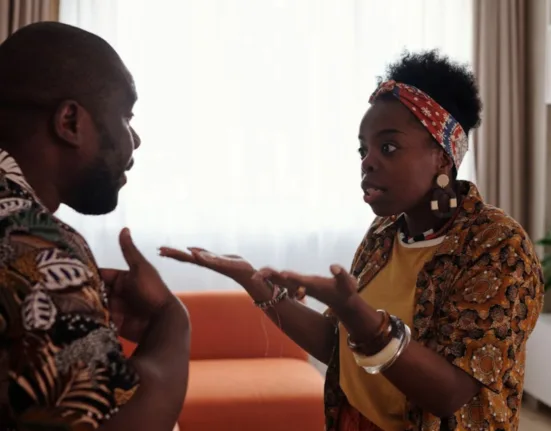Childhood anxiety symptoms, such as persistent fears disrupting a child’s life for over six months, may indicate an anxiety disorder. Identifying anxiety in children can be challenging, as they might exhibit irritability or complain of feeling unwell. Early intervention and treatment are essential in addressing these concerns. It’s crucial to understand that some level of fear and anxiety is a natural part of childhood, reflecting responses to danger or potential threats. Temporary fears and anxieties show that kids are learning to navigate challenges independently. Parents and caregivers play a vital role in helping children comprehend and overcome these emotions.
Stress is an ignorant state. It believes that everything is an emergency. Nothing is that important.
Natalie Goldberg
Various anxiety disorders, including generalized anxiety disorder, separation anxiety disorder, social anxiety disorder, panic disorder, selective mutism, and specific phobias, can impact children and teens. Recognizing and addressing these issues promptly is key to supporting their well-being. More: Empowering children: Teach kids to say ‘No’ safely and respectfully
Childhood anxiety symptoms you should watch out for
Parenting sometimes feels like solving a puzzle. Some kids can use words to express their anxiety, like saying, “I’m scared to go to school because I worry I won’t see you again.” Others may struggle to explain their feelings. Kids also show signs of anxiety in different ways. They might:

- They worry and cry more than other kids their age.
- Refuse to go to school.
- Complain about not feeling well, mentioning stomachaches, sore muscles, or headaches.
- Struggle to relax or sit still, feeling restless.
- Use the bathroom frequently.
- Get angry easily.
- Have difficulty focusing.
- Say they’re not hungry or claim to be hungry all the time.
- Experience shaking (tremors).
- Have trouble sleeping, wake up from nightmares, or find it hard to sleep alone.
Childhood anxiety symptoms happen because of the “fight or flight” response, which is the body’s usual reaction to danger. When we sense danger, our body releases natural chemicals that get us ready to face a real threat. These chemicals influence our heart rate, breathing, muscles, nerves, and digestion. The purpose of this response is to keep us safe from harm. However, in anxiety disorders, the “fight or flight” response becomes too sensitive. It can activate even when there’s no actual danger, causing these symptoms to show up unnecessarily. More: Teach your child the value of things
Causes
Several factors contribute to the heightened “fight or flight” response seen in anxiety disorders. These factors include genetics, brain chemistry, learned behaviors, and life situations. Children with family members having anxiety disorders are more likely to experience them too. Genes can be passed down that make kids more prone to anxiety. Genes play a role in how brain chemicals (called neurotransmitters) function. If certain chemicals are not working properly or are in short supply, it can lead to anxiety.
Stressful events in a child’s life, like loss, serious illness, death of a loved one, violence, or abuse, can make some kids more anxious. Growing up in a family where others are fearful or anxious can “teach” a child to be afraid. Children dealing with anxiety face a higher chance of experiencing depression and substance use disorders when they grow up. They might find school challenging or have difficulty attending. There’s also a greater risk of suicide. While these possibilities are concerning, it’s crucial to know that effective treatments exist. More: How to stop the anxiety cycle?


Help your child
Supporting a child with anxiety involves several interconnected steps. Begin by finding a trained therapist and ensuring your child attends all therapy sessions. Regularly communicate with the therapist to understand how to best support your child. Assist your child in facing fears by consulting with the therapist on home-based practices, and be sure to praise their efforts in dealing with fears and worries.
Encourage open conversations about feelings, actively listening and expressing understanding, love, and acceptance. Building a caring relationship helps your child develop inner strengths. Motivate your child to take small steps forward, avoiding the temptation to give up or avoid challenging situations. Support them in making gradual positive advancements. Finally, exercise patience, recognizing that therapy takes time to be effective, and it requires some time for kids to start feeling better.
Source: Cleveland Clinic and Kidshealth













